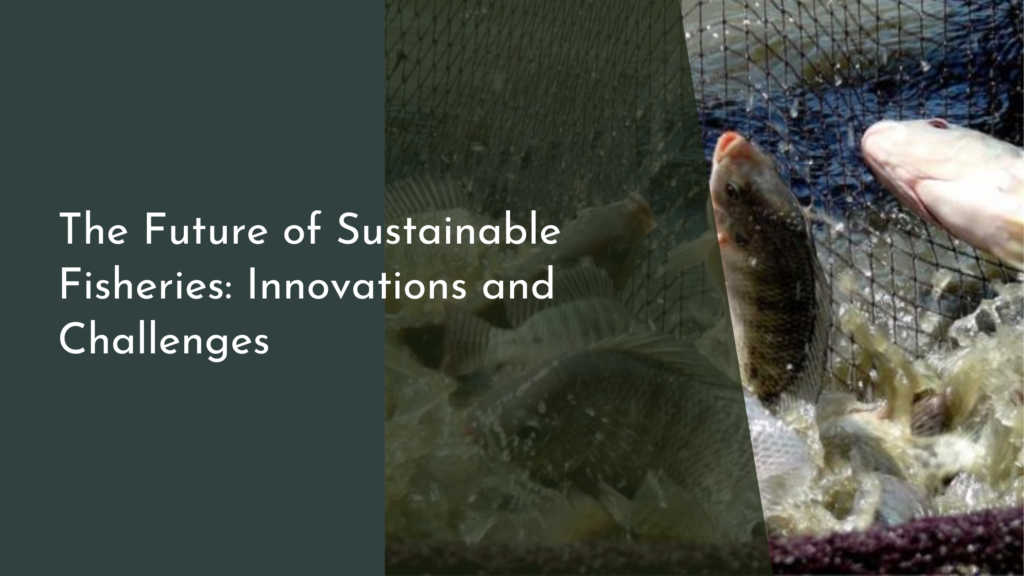How Solar Farms Can Be Designed to Support Wildlife
As the world continues to embrace renewable energy sources, solar farms are rapidly emerging as a sustainable solution to combat climate change. However, the development of these large-scale solar installations raises important questions about their impact on local ecosystems. Fortunately, with thoughtful design and careful planning, solar farms can not only generate clean energy but also provide thriving habitats for wildlife. In this article, we will explore how solar farms can be designed to support wildlife, encouraging a harmonious relationship between technology and nature.
Harnessing Solar Energy While Nurturing Wildlife Habitats
Solar farms have the potential to generate substantial amounts of energy while simultaneously serving as sanctuaries for various wildlife species. By choosing sites that are less ecologically sensitive, developers can minimize habitat destruction and fragmentation. Additionally, incorporating wildlife corridors—areas that allow animals to move freely between habitats—can help maintain biodiversity. When solar panels are placed strategically, they can create shaded zones that offer refuge for smaller animals, while also reducing ground temperatures for local flora.
Moreover, the land beneath solar panels often goes unused in traditional solar farm designs. By allowing grasses and other native vegetation to flourish in these areas, solar farms can serve as vital habitats for insects, birds, and small mammals. This not only supports biodiversity but also contributes to soil health and carbon sequestration. In this way, solar farms transform otherwise barren land into flourishing ecosystems, showcasing a model where renewable energy and wildlife conservation go hand in hand.
Creative Landscape Designs for Thriving Ecosystems
Innovative landscape designs can significantly enhance the ecological value of solar farms. By incorporating features such as hedgerows, ponds, and wildflower meadows, developers can create a more diverse and functional habitat. These elements provide food, shelter, and breeding grounds for a variety of species, fostering a vibrant ecosystem that thrives alongside energy production. Additionally, integrating different elevations and microhabitats can help accommodate various wildlife needs, making solar farms a critical part of the local ecological landscape.
The aesthetic appeal of these creative designs can also elevate public perception of solar farms. When people see solar installations harmonizing with nature—complete with blooming flowers and bustling wildlife—they are more likely to support renewable energy initiatives. This positive visual impact encourages a greater appreciation for the environment and promotes the idea that clean energy and wildlife conservation are not mutually exclusive. By embracing creativity in landscape design, solar farms can transform into biodiverse havens that are as beautiful as they are functional.
Encouraging Biodiversity: Plants and Pollinators Unite!
One of the most effective ways to enhance biodiversity in solar farms is to focus on planting native species that attract pollinators, such as bees, butterflies, and hummingbirds. These plants not only provide essential food and habitat for pollinators but also support local ecosystems by promoting healthy soil and water retention. Wildflower plantings beneath solar panels create vibrant patches of color and life, encouraging a diverse array of pollinators to thrive. This unison between solar energy production and plant life can bolster both agricultural yields and ecological resilience in surrounding areas.
Moreover, the presence of pollinators is crucial for the reproduction of many plants, which in turn supports other wildlife species. By providing a habitat for these vital creatures, solar farms can play a pivotal role in maintaining and enhancing local biodiversity. Educational programs and community involvement in planting and maintaining these gardens can further deepen the connection between renewable energy and environmental stewardship. As communities come together to support these initiatives, the positive impact of solar farms on biodiversity will be amplified, creating a ripple effect that benefits both people and wildlife.
Innovative Strategies for Wildlife-Friendly Solar Farms
To promote a wildlife-friendly approach to solar farm design, developers can implement a variety of innovative strategies. One such strategy is the use of dual-use solar systems, where solar panels are installed on agricultural land. This allows for energy generation while still permitting farming activities, creating a sustainable model that benefits both crops and wildlife. By maintaining agricultural practices that promote biodiversity and soil health, this approach can yield economic returns for farmers while enhancing habitats for local wildlife.
Another strategy involves utilizing technology to monitor wildlife interactions within solar farms. By employing wildlife cameras and monitoring systems, developers can gain valuable insights into how animals use the space, which can inform future design improvements. This data-driven approach not only helps in making solar farms more wildlife-friendly but also contributes to ongoing research in conservation efforts. Through these innovative strategies, solar farms can emerge as leading examples of how renewable energy infrastructure can coexist with and even support thriving ecosystems.
In conclusion, the design of solar farms can significantly influence local ecosystems and wildlife populations. By prioritizing thoughtful landscape designs, encouraging biodiversity, and implementing innovative strategies, developers can create renewable energy installations that serve dual purposes: generating clean energy while nurturing wildlife habitats. As we navigate the challenges of climate change and habitat loss, embracing these principles can help us forge a sustainable future where nature and technology coexist harmoniously. Together, we can illuminate the path to a greener tomorrow, one solar farm at a time!

